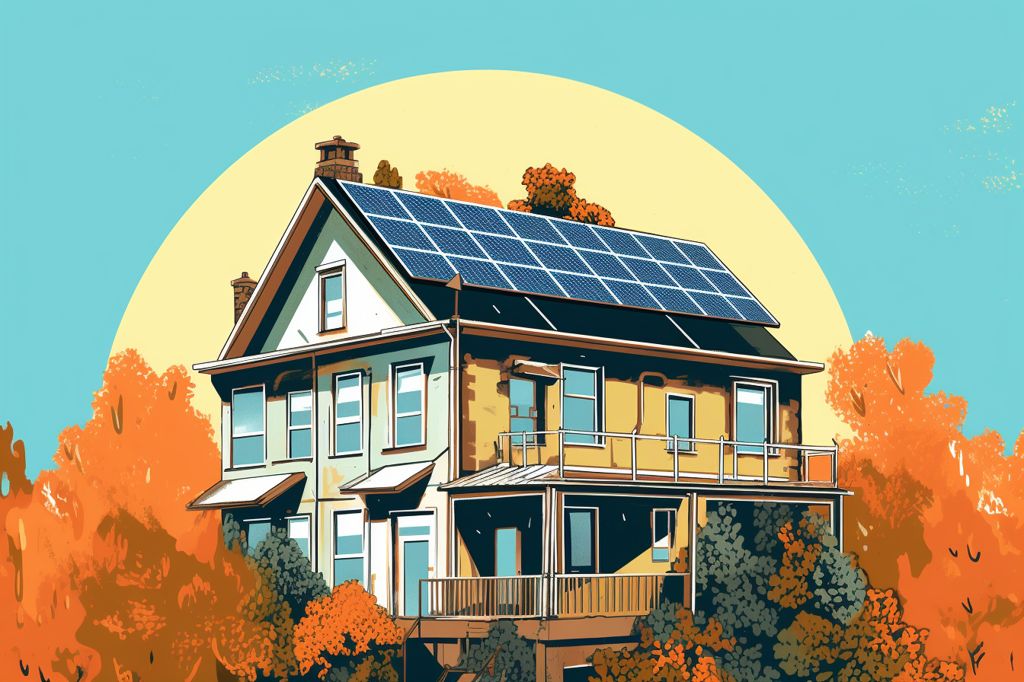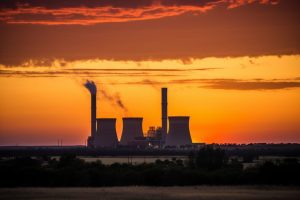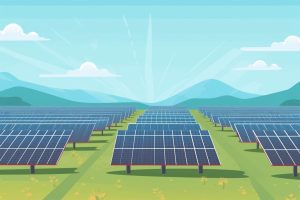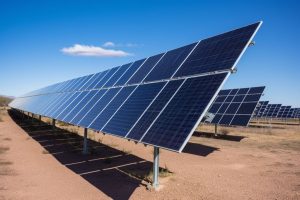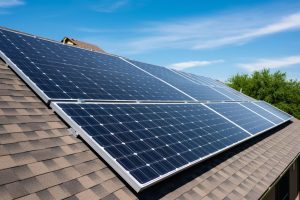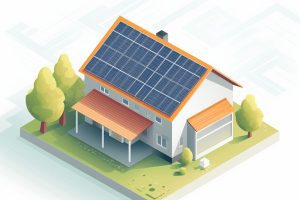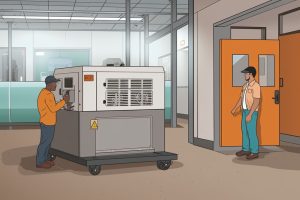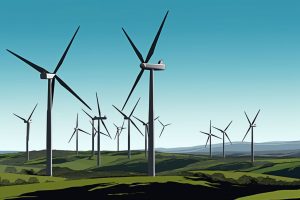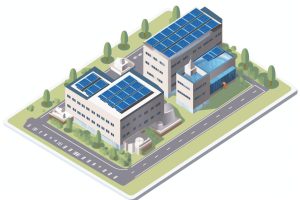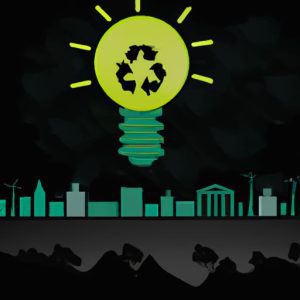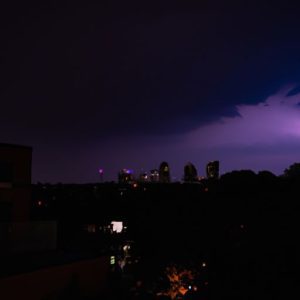The Western Cape province in South Africa is committed to a sustainable future, and it is making significant strides towards achieving this goal. One of the ways the province is supporting the use of renewable energy sources is through tax incentives, as highlighted by the Director of Personal Income Tax at the National Treasury, Marle Van Niekerk, during Premier Alan Winde’s 13th Energy Digicon.
The Kusile Power Station is an ambitious project that has been in construction for over a decade. With an estimated cost of R160 billion, it is one of the largest coalfired power stations in the world, with a capacity to generate 4,800 megawatts of electricity upon completion.
The Western Cape has been facing significant energy challenges, including load shedding, high energy costs, and an overreliance on fossil fuels. To address these issues, the government has been actively exploring alternative energy sources, with a particular focus on green hydrogen.
The South African Department of Public Works and Infrastructure is contributing to the country’s economic recovery and job creation. For the 2023/24 financial year, the department has been allocated R8.782 billion, with R4.5 billion earmarked for infrastructure, property management, facilities, and asset management.
As the world faces an energy crisis with traditional resources such as coal, oil, and gas becoming unreliable, countries worldwide are racing to invest in renewable energy, especially solar power. Solar energy has emerged as the thirdlargest renewable energy source, following wind and hydropower, due to its economic feasibility and abundant availability. Let’s dive into the solar power race and explore the top three countries based on installed capacity, along with assessing South Africa’s progress in this area.
Assuming the role of Eskom CEO in January 2020, André de Ruyter soon discovered why it was considered the most challenging job in South Africa. In his newly published book, “Truth to Power: My Three Years Inside Eskom” by Random House Publishers, the former CEO takes readers on a journey through boardrooms and government meetings, unveiling the inner dynamics of the stateowned enterprise.
Loadshedding has become a constant source of disruption for neighborhoods, with new trends emerging as a result of high stages of loadshedding and increased demand during winter. ### Pressure on Energy Teams
In the midst of South Africa’s ongoing energy crisis, the city of Cape Town is leading the way in efforts to combat loadshedding and create a more sustainable future for its citizens. At a recent SmallScale Embedded Generation (SSEG) event, Mayoral Committee Member for Energy, Councillor Beverley van Reenen, outlined the city’s ambitious plans.
Minister Gwede Mantashe delivered the Mineral Resources and Energy Department’s comprehensive Budget Vote Speech, outlining the achievements and strategies for South Africa’s mining and energy sectors amidst various global and domestic challenges. ### Focus Areas
South Africa’s Minister of Mineral Resources and Energy, Gwede Mantashe, has provided insights into the country’s mining and energy sectors. In this article, we discuss the progress, achievements, challenges, and investments within these industries. ### Universal Access to Electricity
Today, on World Facilities Management Day, we recognize the professionals who work tirelessly to maintain the health, safety, and productivity of an organization’s facilities. In Cape Town, the ongoing energy crisis has presented numerous challenges for the City’s Facilities Management Department. However, the department has implemented various strategies to ensure the continuity of services for both staff and the public.
South Africa has been grappling with frequent power blackouts, forcing the government to seek alternative solutions to address the power crisis. In a bid to focus on the potential of renewable energy sources, Premier Alan Winde recently hosted the 9th Energy Digicon in the Western Cape province.
At the Energy Digicon conference, Mr. Moodley discussed the potential role of wind power in addressing the energy crisis. According to him, the Klipheuwel wind farm already generates enough electricity to power approximately 15,000 homes, with the potential for further development in the area.
South Africa has experienced frequent power outages or blackouts in recent years, disrupting businesses and homes. The energy crisis has hit the Western Cape hard, prompting the government to take significant steps toward making its facilities energyresilient and protecting critical services from blackouts.
Cape Town, also known as the Mother City, has been in the spotlight for the past few years due to the severity of load shedding experienced in the region. However, the city is now set to become the first loadsheddingfree city in the country, thanks to the development of a solar PV and battery storage project near Somerset West.
South Africa’s energy sector has seen a significant challenge in recent years. Eskom, the country’s leading power utility, has struggled to keep up with the growing electricity demand. The result has been frequent power outages, or load shedding, which have disrupted businesses and homes. The reasons for this crisis are complex, ranging from aging infrastructure to corruption allegations. In this article, we will explore the causes of the electricity crisis in South Africa, its impact on society, and the measures being taken to address the problem.

